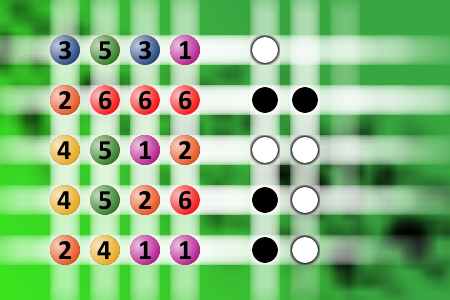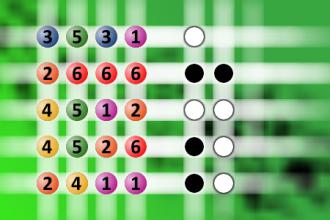What a winning combination?
The computer chose a secret code (sequence of 4 digits from 1 to 6). Your goal is to find that code. Black circles indicate the number of hits on the right spot. White circles indicate the number of hits on the wrong spot.Correct answers: 19
The first user who solved this task is Nasrin 24 T.
#brainteasers #mastermind

Horse back riding
A blonde goes horse back riding.
It starts out slow, but then it starts to gallop.
The blonde is enjoying herself. All of a sudden she slips off and her foot gets caught in the reins.
The horse doesn't stop and the blonde is still being dragged upside down.
She doesn't know what to do. Finally the Wal-Mart manager comes and unplugs it.

